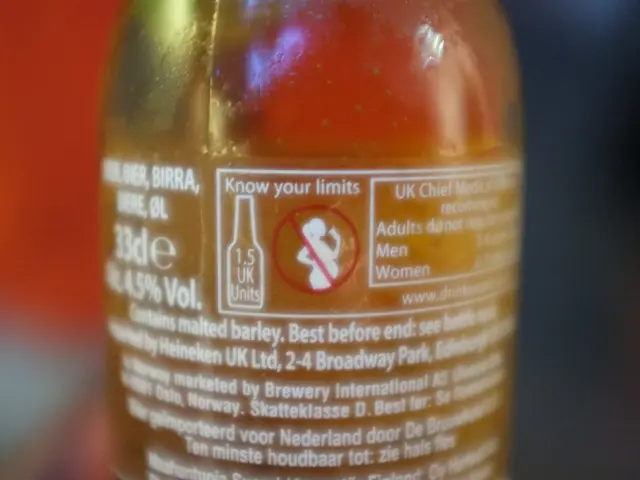Distinguishing Age Spots from Skin Cancer: A Guide to Recognition
Age spots? Skin cancer? Actinic keratosis? Let's weed out the differences and keep your skin healthy!
Aging gracefully doesn't mean living with those pesky brown or black patches on your skin. Age spots, or solar lentigines, are harmless imperfections that occur with age, specifically due to pigmentation changes caused by excessive sun exposure. But fear not, these flat, smooth, and non-itchy spots won't spread or pose a threat to your health.
Now, let's take a peek at the big baddie – skin cancer. Unlike its harmless counterpart, skin cancer is a serious condition, mainly caused by UV radiation exposure. This malignant growth can appear in sun-exposed areas and may be preceded by skin changes such as asymmetrical shapes, irregular borders, and multiple colors. Common types include basal cell carcinoma, squamous cell carcinoma, and melanoma, which is the most dangerous due to its speedy progression.
Actinic keratosis, on the other hand, is a precancerous skin condition that might give you a fright. Similar to age spots, these rough, scaly patches can appear red, pink, or brownish on sun-exposed areas. If left untreated, they could potentially evolve into squamous cell carcinoma.
So, pay close attention to any new marks on your skin and consult a healthcare professional if you spot:
- Changes in shape, size, color, or location
- Unusual growths that differ from other marks on your skin
- Itching, scabbing, or spots that don't heal within 4 weeks
Remember, early detection is crucial for successful treatment. Regular self-examinations and professional check-ups can help keep you and your skin cancer-free! Now let's enjoy the sun safely!
- While age spots are harmless, skin cancer is a serious medical-condition that needs attention, primarily caused by excessive UV radiation exposure.
- Skin cancer can appear in sun-exposed areas and may exhibit symptoms such as asymmetrical shapes, irregular borders, and multiple colors.
- Common types of skin cancer include basal cell carcinoma, squamous cell carcinoma, and the most dangerous, melanoma, due to its rapid progression.
- Actinic keratosis is a precancerous skin-condition that may turn into squamous cell carcinoma if left untreated.
- Actinic keratosis commonly appears as rough, scaly patches on sun-exposed areas, which might be red, pink, or brownish in color.
- If you notice any new marks on your skin with changes in shape, size, color, or location, visit a healthcare professional for a check-up.
- Don't ignore unusual growths that differ from other marks on your skin or if you experience itching, scabbing, or spots that don't heal within 4 weeks.
- Regular self-examinations, professional check-ups, and responsible sun care practices can keep your skin clean and cancer-free, promoting overall health-and-wellness and skin-care.








